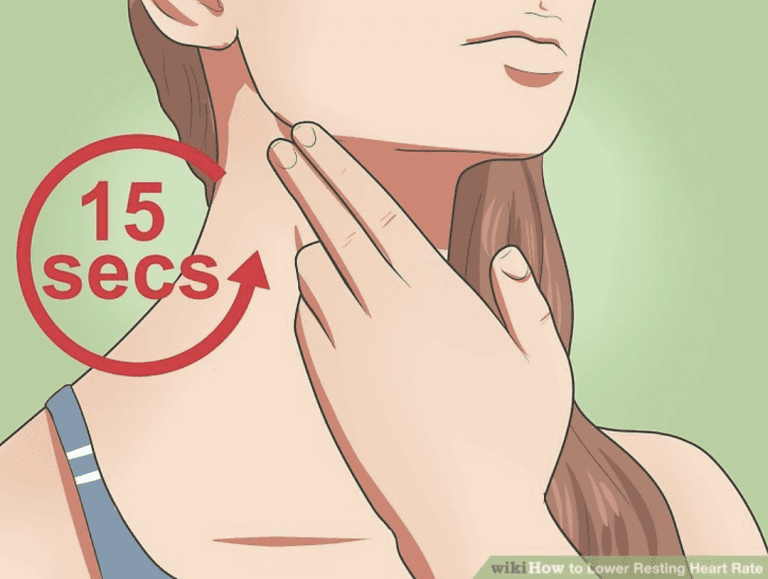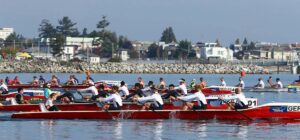There are a lot of different rowing data apps around nowadays and we have written about them on the blog in the past.
The key to writing a good rowing data app is three things
- Easy collection of data points
- Easy interpretation
- Easy adaptation of your future training
There are a very few rowing club programs who are very sophisticated and focused on sports science – top US and UK Universities, International Federations and some of the High Schools and large rowing clubs with professional full time coaches. There are a very large number of programmes who are not on that plane.
In this article I focus on how 6 different rowing data types can help the club coach and the athlete who wants to learn more.
Stroke Rate and Time data points
For most of us the first learnings for rowing data we get are the stroke rate per minute and the amount of time it takes to go over a measured distance. That distance can be unique to your river – from the bridge to the bend, for example. You should know how far that is, so you can make an estimate of boat speed.
Splits per 500m
It’s nice to know what your speed is over 500 meters. You can calculate it from your distance and time measurements. A 500m split is well-understood by most people because the ergo also shows the same data metric. If you want to calculate your likely speed over a 2k or 1k course, go and look at the event results from previous years for your boat class – and work out the average speed per 500m based on their total time taken.
Now, I know few crews can do identical splits every quarter of the race, but at least you can find out the average speed needed. Note that head/tailwinds affect times so if you don’t know what the weather was like, go and look at the photographs from last year. You can see if there were waves and the direction of the wind down the course.
Heart Rate


We know that our fitness can be partially gauged by knowing our heart rate – higher heart rates arrive later during training if you are fit.
Measuring your heart rate during normal training can help the coach to gauge the crew’s fitness and the amount of effort they put into the work piece. You don’t need chest straps, just tell the crew that immediately after the work piece ends, you will be taking a 15 second pulse – have them find their neck (carotid artery) pulse (it’s easier to find than the wrist). Announce the start time and end time and just tell the crew to count the number of heart beats. Don’t try and get them to multiply it by 4 – just call out the number in order down the crew. Then do the same again one minute later to judge recovery speed and fitness.
Then the coach can see the relative heart rates. When you know your crew and their post-piece heart rates, you can then start to give them advice on who should be working harder or less hard. The simple act of announcing your heart rate in public ensures it’s known by the whole crew and nobody likes to row with a crew member who isn’t working as hard as they are. Remember heart rates are individual and the older you are, the lower your maximum heart rate is likely to be – so bear that in mind when hearing your crew’s heart rates.
Yes, you can also do a maximal heart rate test or a step test on the ergo if you want to get a baseline measure at the start of the season – but it’s not essential.
Distance moved per stroke
Another calculated value derived from distance and time is the distance the boat moves each stroke. Self-evidently, the further it goes, the faster your average speed will be. Some rate meters (Coxmate GPS) will measure this calculation for you. It’s a great measure for the crew to get familiar with – and the coxswain or steersman can call out the number as you row.
Joules and Watts
Understanding the amount of power an athlete can apply is the peak of these rowing data points. Watts can be displayed on the erg and using instrumented oarlocks, can also be shown in the boat.
Test Protocol to calculate watts training zones
- 10 second maximum test in Watts – This is your ATP Fast Power absolute strength measure.
- 90 second maximum test in Watts – this is your absolute aerobic system strength measure
- 20 minutes average test in Watts – This is your aerobic system absolute strength measure
Also know the athlete age and weight in kgs. Age isn’t calculated into the scores but gives you another perspective on the score ranking.
Step1: Record the data for the whole squad in a spreadsheet – date it.
Step 2: Then calculate it relative to body weight (watts per kg) for all three measures.
Step 3: Rank your squad.
Prognostic Times


So, if you are an athlete or a coach and working towards training for an event, these 5 rowing data measures will give you more than enough information to asses the progress your crew is making.
Further Data Resources on Rowperfect
- RowingChat data analysis with Sander Roosendaal
- Prognostic times for rowing ebook
- Rowing 500m split pace charts
- Coaching the recovery using data
- GPS comparison Minimax, Coxmate, NK








This Post Has 2 Comments
What is the best wrist watch for rowing or instrument I could put on my boat that would be seen and record my rowing, the categories you mention in the email. Thanks.
Hi Rebecca,
Good summary of rowing relevant data!
One comment about the heart rate though: As you’ve written, max HR drops with age but is in general dependent on the athlete. Even more so are the heart rate zones. Comparing “raw” heart rates, i.e. bpm, to see who has worked hard and who hasn’t leaves out these key points.
Rowers should really announce in which HR Zone they are, otherwise you can not draw any comparison of who worked hard and who has not.